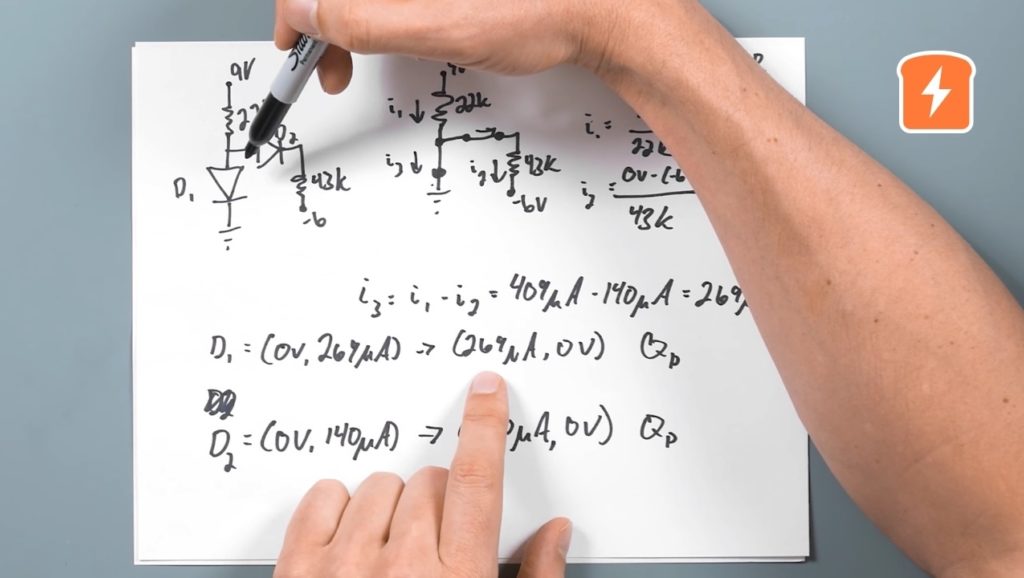Ohm's Law
Ohm’s law is the fundamental equation used in electrical engineer and is the relationship between voltage, resistance and current. V = IR or voltage equals the current times resistance. This simple equation is easily re-arranged depending on what variables you have and which variable you need to solve for.
In electric circuits, I = V/R.
Grob’s Basic Electronics, 11th Edition by Mitchel E. Schultz
Ohm’s law states that the voltage v across a resistor is directly proportional to the current i flowing through the resistor.
Fundamentals of Electric Circuits, 5th Edition by Charles K. Alexander and Matthew N. O. Sadiku
Ohm's law states that the current through a conductor between two points is directly proportional to the voltage across the two points. Introducing the constant of proportionality, the resistance,[1] one arrives at the usual mathematical equation that describes this relationship:[2]

where I is the current through the conductor in units of amperes, V is the voltage measured across the conductor in units of volts, and R is the resistance of the conductor in units of ohms. More specifically, Ohm's law states that the R in this relation is constant, independent of the current.[3] Ohm's law is an empirical relation which accurately describes the conductivity of the vast majority of electrically conductive materials over many orders of magnitude of current. However some materials do not obey Ohm's law, these are called non-ohmic.
The law was named after the German physicist Georg Ohm, who, in a treatise published in 1827, described measurements of applied voltage and current through simple electrical circuits containing various lengths of wire. Ohm explained his experimental results by a slightly more complex equation than the modern form above (see History).
In physics, the term Ohm's law is also used to refer to various generalizations of the law; for example the vector form of the law used in electromagnetics and material science:

where J is the current density at a given location in a resistive material, E is the electric field at that location, and σ (sigma) is a material-dependent parameter called the conductivity. This reformulation of Ohm's law is due to Gustav Kirchhoff.[4]









